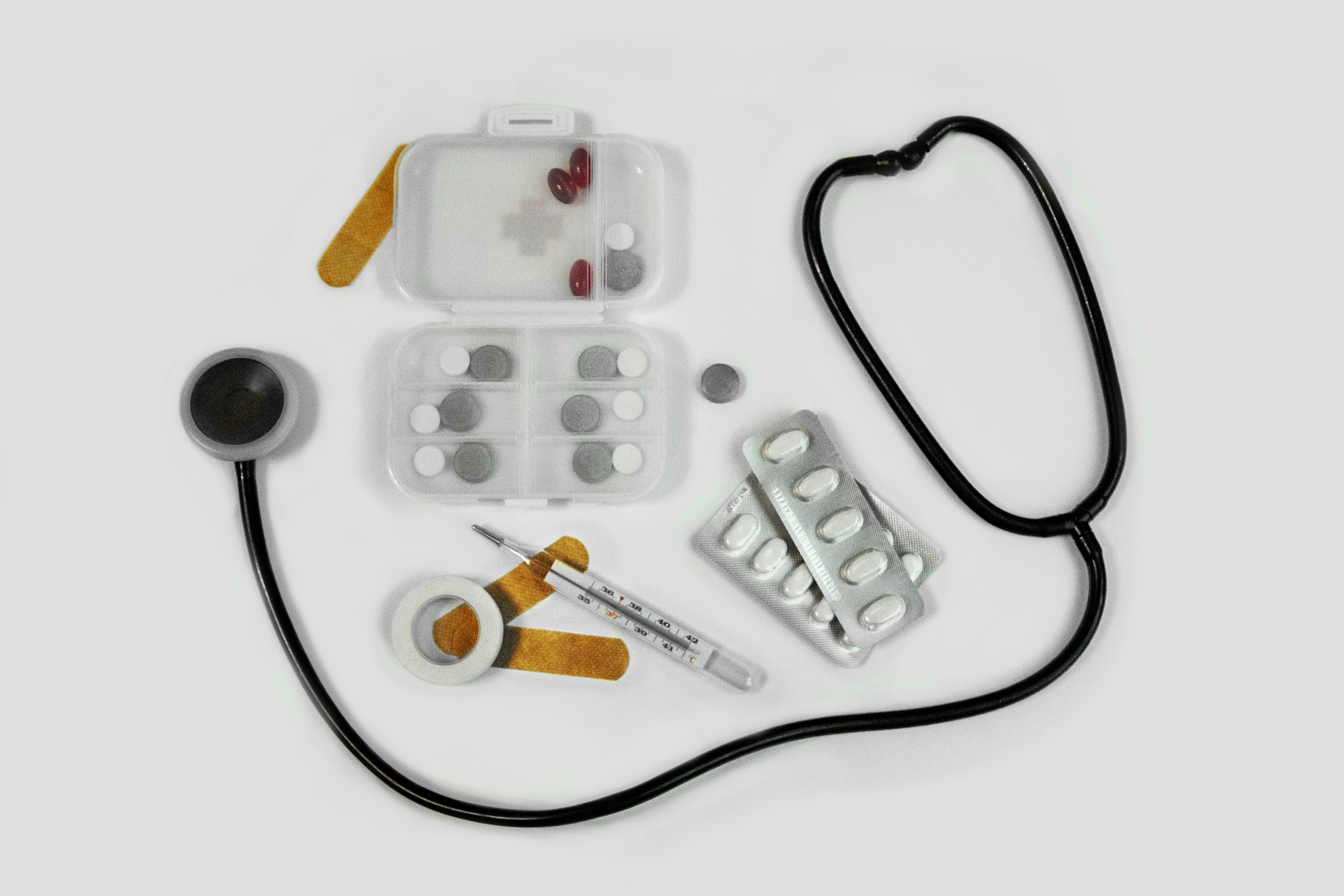A sore throat is one of the most common symptoms people experience—especially during cold and flu season. But when the pain feels more intense or doesn't come with other cold symptoms, many people start to wonder: is it just a sore throat or something more serious like strep?
Telling the difference between strep throat and a regular sore throat is important, especially because strep requires antibiotics and can lead to complications if left untreated. Let’s break down the key differences so you know what to look for—and when it’s time to get tested and treated.
What Is Strep Throat?

Strep Symptoms
Strep throat is a bacterial infection caused by group A Streptococcus. Signs of strep throat include:¹
- Sudden onset
- Severe sore throat, often without a cough
- Painful swallowing
- High fever (often over 101°F)
- Headache and fatigue
- Swollen lymph nodes in the neck
- Reduced appetite
- Red, swollen tonsils with white patches or streaks of pus
- Tiny red spots on the roof of the mouth
Strep Throat Diagnosis
Unlike a typical sore throat, strep needs to be confirmed with a rapid strep test or a throat culture performed by a healthcare provider. These tests are quick and can usually be done in a doctor’s office or urgent care clinic.
Strep Throat Treatment
Strep throat must be treated with prescription antibiotics. Common options include penicillin or amoxicillin. Treatment helps:
- Shorten the duration of symptoms
- Prevent complications like rheumatic fever
- Reduce the risk of spreading the infection to others
Once antibiotics are started, people are usually no longer contagious after 24-48 hours.²
What Is a Sore Throat?

Sore Throat Symptoms
- A sore throat is usually a symptom of a viral infection like the common cold or flu. Typical signs include:¹
- Throat irritation or pain
- Scratchy or dry throat
- Hoarseness or voice changes
- Mild fever
- Runny nose, sneezing, or coughing
These symptoms often come on gradually and may worsen over a day or two before improving.¹
Sore Throat Diagnosis
Most sore throats don’t require a trip to the doctor. They’re usually diagnosed based on symptoms alone. If symptoms persist or worsen after a few days, a provider may rule out bacterial causes like strep.
Sore Throat Treatment
Since most sore throats are viral, antibiotics won’t help. Treatment focuses on comfort and symptom relief. Sore throat remedies include:³
- Rest and hydration
- Warm teas, throat lozenges, and saltwater gargles
- Over-the-counter pain relievers like ibuprofen or acetaminophen
- Using a humidifier to ease throat dryness
Key Differences Between Strep and a Regular Sore Throat
Not all sore throats are the same—and knowing the difference can help you get the right treatment faster. Here are the most important ways to tell strep throat apart from a regular sore throat:¹
- Symptoms
Strep throat often causes severe pain, red or white patches in the throat, fever, and swollen lymph nodes—without cough or congestion. A regular sore throat is usually milder and comes with cold symptoms like a runny nose or cough. - Onset
Strep throat symptoms appear suddenly and feel intense right away. Viral sore throats tend to come on gradually and worsen over a day or two. - Treatment
Strep throat is a bacterial infection that requires antibiotics to prevent complications. Most sore throats are viral and clear up on their own with rest and over-the-counter relief.
Frequently Asked Questions
What does strep throat look like?
Strep throat often causes red, swollen tonsils with white patches or streaks of pus. You might also see small red spots on the roof of the mouth.
Is strep contagious?
Yes, strep throat is highly contagious. Even after starting antibiotics, you can still spread the infection for up to 24 to 48 hours.
How is strep throat transmitted?
Strep throat spreads through respiratory droplets when an infected person coughs, sneezes, or shares utensils. It can also be picked up from contaminated surfaces.¹
How long does strep throat last?
Strep throat typically clears up in 3–7 days with antibiotics, and symptoms often start to improve within 1–2 days of starting treatment.¹
How long does a sore throat last?
A sore throat caused by a virus usually lasts 1-2 weeks and goes away on its own without antibiotics.¹
Get Fast, Reliable Sore Throat or Strep Treatment from 24hrdoc
Whether you're dealing with a sore throat, flu symptoms, or think you might have strep, 24hrdoc makes it easy to get care without the hassle of an in-person visit. Our licensed providers are available online 24/7 to evaluate your symptoms, provide a diagnosis, and send prescriptions directly to your pharmacy.
- Online Flu Treatment: Get prompt care for flu symptoms like fever, body aches, and fatigue—without leaving your home.
- Online Cold Treatment: Manage cough, congestion, sore throat, and more with expert guidance and supportive treatment.
- Online Strep Throat Treatment: If strep is suspected, a provider can evaluate your symptoms and prescribe antibiotics if needed.
No waiting rooms, no scheduling delays—just fast, convenient care when you need it most.
Sources:
- Healthline. Everything You Need to Know About Strep Throat.
- MedlinePlus. Strep throat.
- Healthline. Sore Throat Remedies That Work (and What Not to Do).





